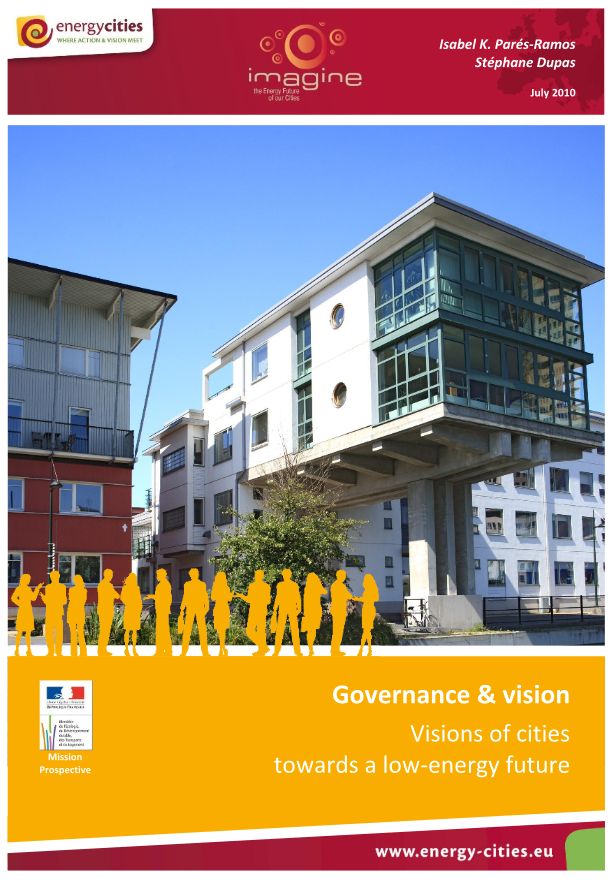Governance and Vision
Visions of cities towards a low-energy future

How does life occurs in a post-carbone future? Imagine. We face increasing scarcity of fossil fuel energy supplies that provoke changes in the structure of our economy, and in the nature of our lifestyle.
The peak in global oil production inevitably transforms the functionality of cities as we know them, while our daily activities in industry and commerce change as well. We inevitably adopt new forms of energy and transportation, because we no longer have abundant low-cost fossil fuel energy to lead our lives as usual, nor to heat our homes, run our cars or import our favourite food from all over the world, We have no other choice than to transform our current social and economic dynamics to ensure our survival in this new post-carbon society.
There are no simple solutions, yet extremely inspiring alternatives. Every city and community has its own unique economic, social and political characteristics, so there is no single approach. To understand this post-carbon visioning and planning process, we identified several cities taht have developed a plan or statement to address energy and climate issues inthe next 20 to 50 years. Then we selected the following cities to use as case studies, based on the use of different approaches and innovative methods or tools for visioing and preparation of the action plans.
- London Borough of Sutton, United Kindgom: One Planet Sutton
- Helsinki, Finland: Greater Helsinki Vision 2050
- Kinsale Transition Town, Ireland: Kinsake 2021, an Energy Descent Action Plan
- Portland and Multnomah County, USA: Portland 2009 Action Plan
In addition ot the four main case studies, we included six fact sheets with examples of other visionary European cities taht have also developed initiatives for a low-carbon energy future:
- Amsterdam: A Different Energy Strategy for 2040
- Glasgow’s Sustainable Initiative
- Göteborg 2050: Vision of a Sustainable Society
- One Leicester: A 25 Years Journey
- Munich Perspective: Shaping the Future
- Vision Stockholm 2030: A World-Class City
